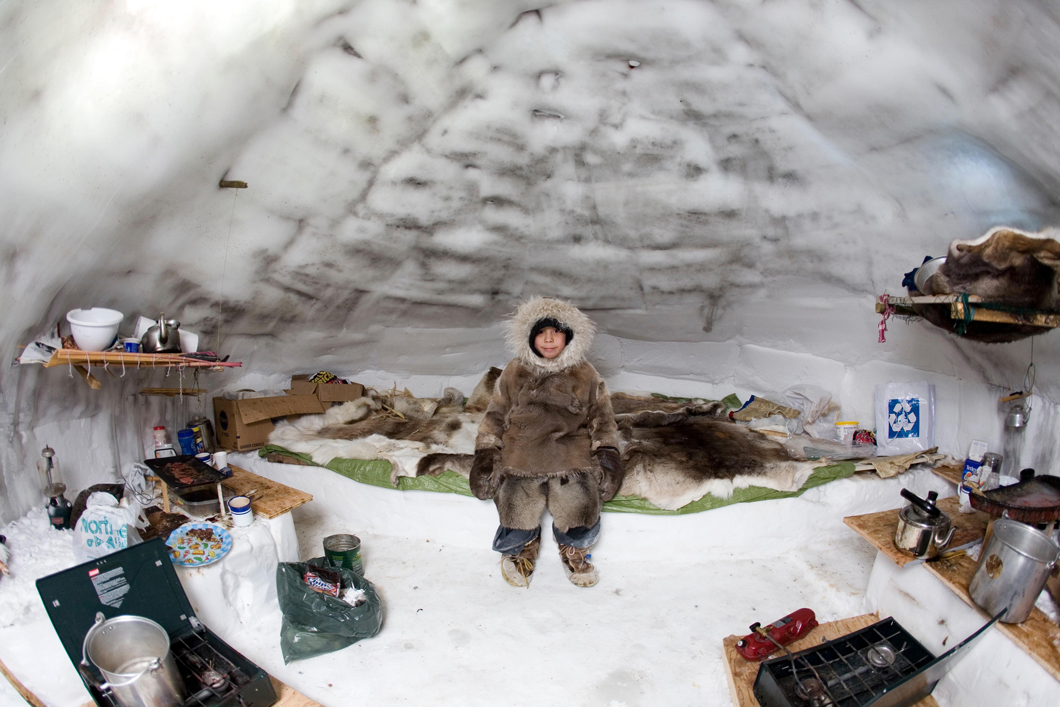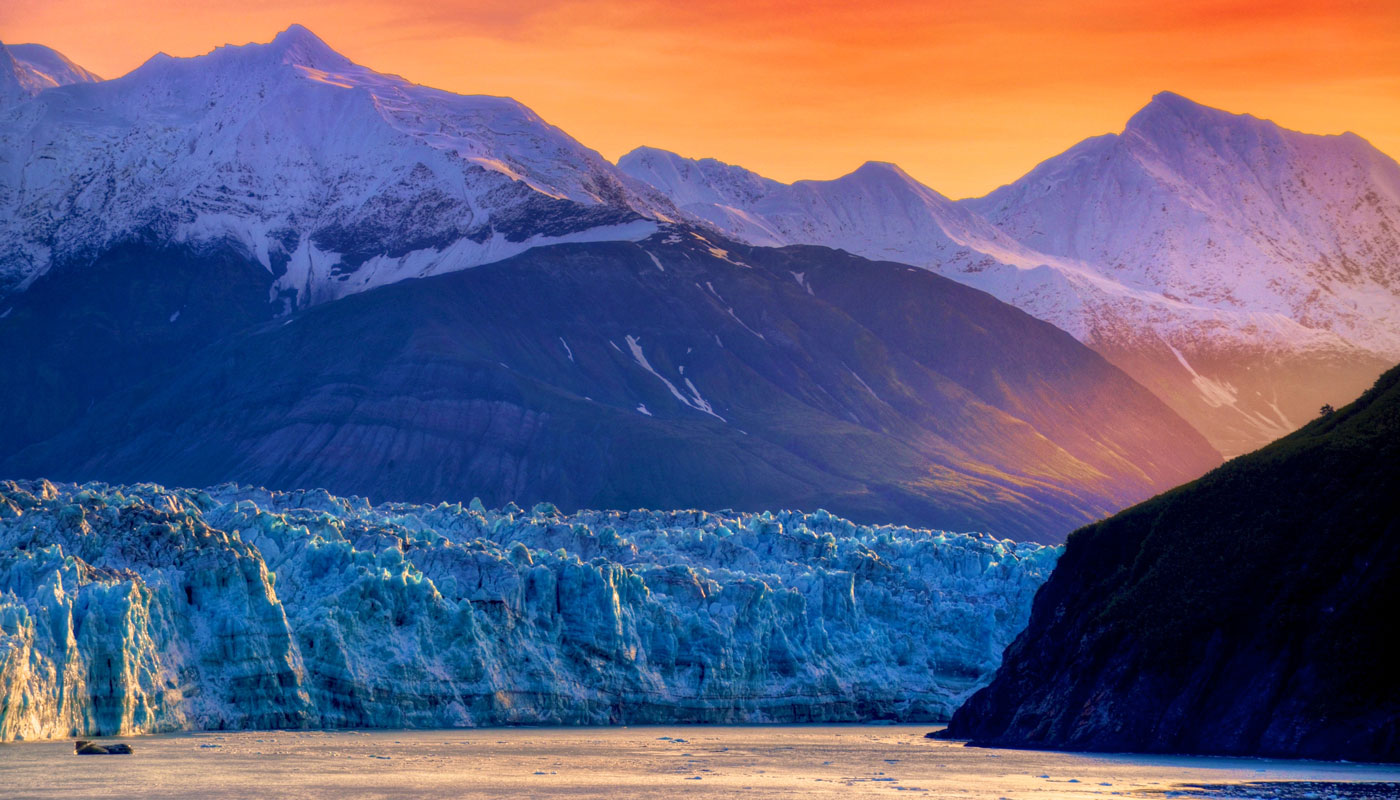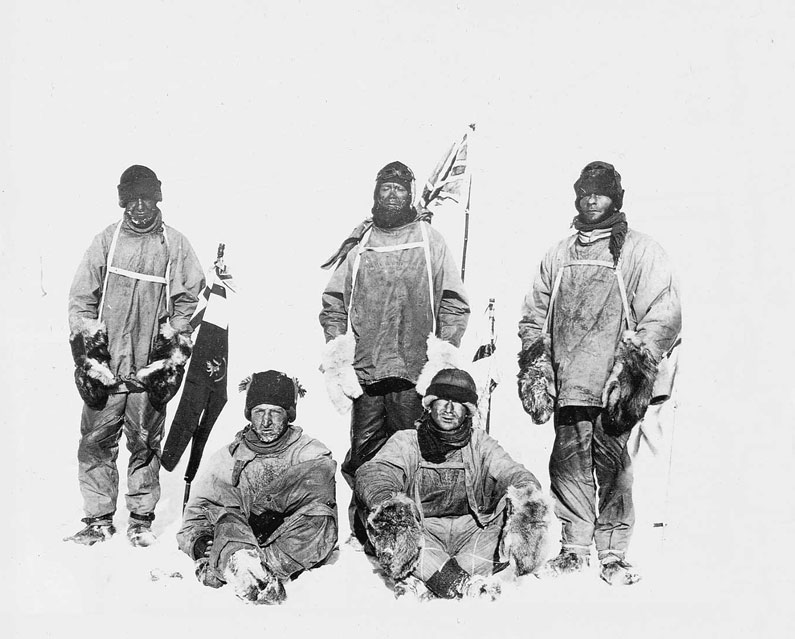Cross-Curricular Lessons on Winter
- December 8, 2023
- By KIDS DISCOVER
If you live in the Northern hemisphere, January can be one of the coldest months of the year. Depending on where you live, the weather report may call for snow, sleet, sun, or even a combination of all three! Enjoy these cooler months with your students by sharing these 5 cross-curricular lesson ideas from our Units on Weather, Shelter, Glaciers, Antarctica, and the Ice Age.
Art
Have students work together to draw a mural showing different kinds of structures people call home in cold weather. Students might look through the Shelter Unit to see tents, houseboats, apartments, igloos, and so on, as well as the size and shape of various homes. Students might also want to look at Shelter from the Cold for ideas about the kinds of building materials used for homes.
Geography
If your students love our Glacier Unit and want to visit one in person, Alaska is the place to go. Have students research to learn about Alaskan vacations that feature visits to the glaciers. They might consult travel books or do an Internet search. Ask students to prepare a travel brochure for a vacation to the land of glaciers. Encourage them to use photos and illustrations to help make their brochure inviting.
Math
From our Ice Age Unit, students learn that the Ice Age started around 70,000 years ago, peaked around 20,000 years ago, and ended around 10,000 years ago. Have students do some math problems using these numbers. For example: In approximately what year did the Ice Age start? In approximately what year did the Ice Age peak? What year signaled the end of the Ice Age? What year will be 70,000 years from today?
Social Studies
Three men are mentioned in Racing to the South Pole from our Antarctica Unit. They were among the earliest explorers of Antarctica: Roald Amundsen, Robert Scott, and Ernest Shackleton. Have each student choose one explorer and research his trip to Antarctica. Students should use the researched information to write a newspaper article about the expedition. Give students tips on how to write interesting news articles and encourage them to come up with headlines for their articles that will draw the reader in to read the story.
Language Arts
In Weather Satellites and Other Instruments from our Weather Unit, your class can learn about the important job meteorologists have. Have students pretend they are newscasters reporting from an area the day after a snowstorm, hurricane, or flood. In addition to reporting on damage and the path of the storm, students should interview “local people” (other classmates) to get reactions to the storm.




